We've found 1000 matches for your search. Order by
Results
-
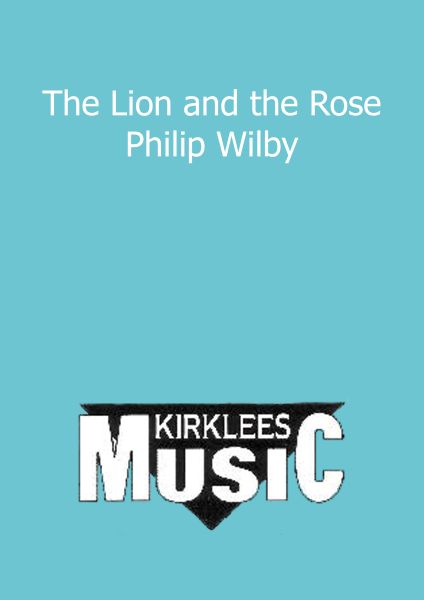 £65.00
£65.00The Lion and the Rose (Score and Parts)
Butlins 2017 3rd Section Test Piece
Estimated dispatch 7-14 working days
-
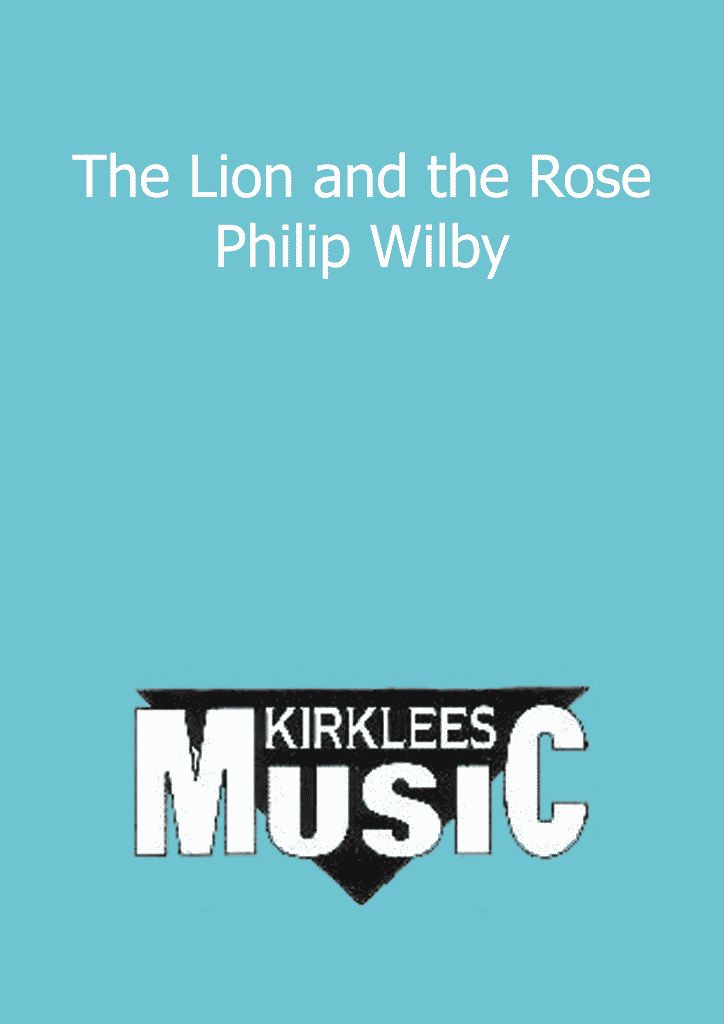 £24.95
£24.95The Lion and the Rose (Score Only)
Butlins 2017 3rd Section Test Piece
Estimated dispatch 7-14 working days
-
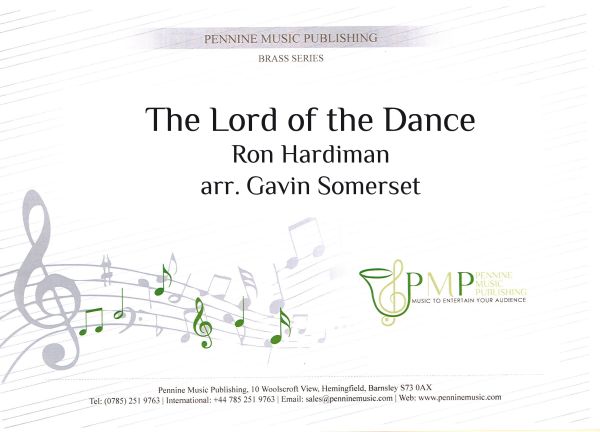 £21.50
£21.50The Lord of the Dance
Estimated dispatch 7-14 working days
-
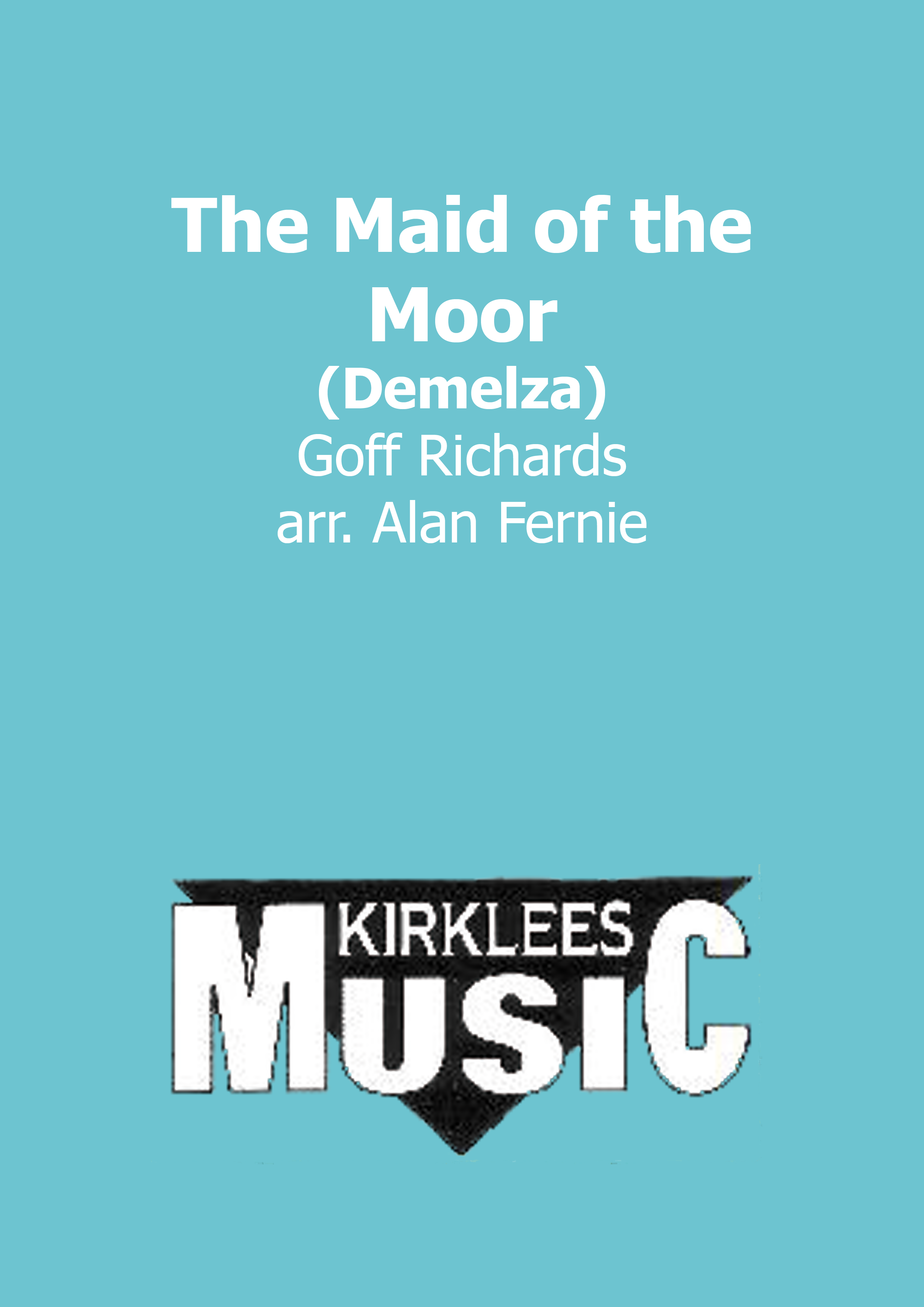 £25.00
£25.00The Maid of the Moor (Demelza) (Cornet Solo with Brass Band - Score and Parts)
Estimated dispatch 7-14 working days
-
£69.95
The Ruler of the Spirits (Overture) (Score and Parts)
Estimated dispatch 7-14 working days
-
£32.95
The Ruler of the Spirits (Overture) (Score Only)
Estimated dispatch 7-14 working days
-
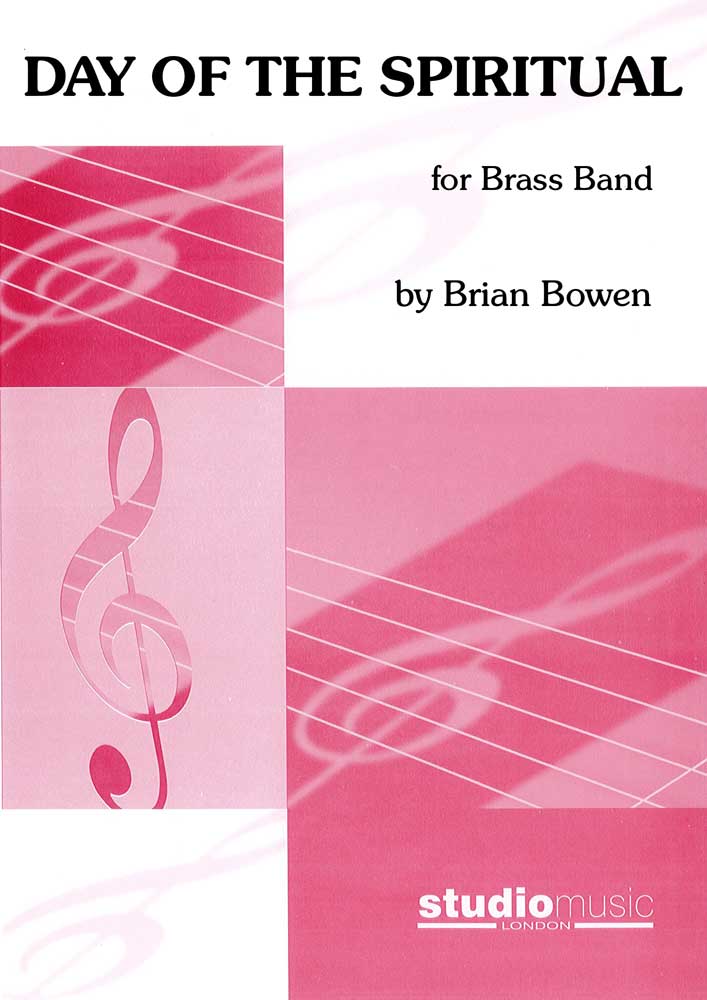 £64.95
£64.95Day of the Spiritual (Brass Band - Score and Parts)
Estimated dispatch 7-14 working days
-
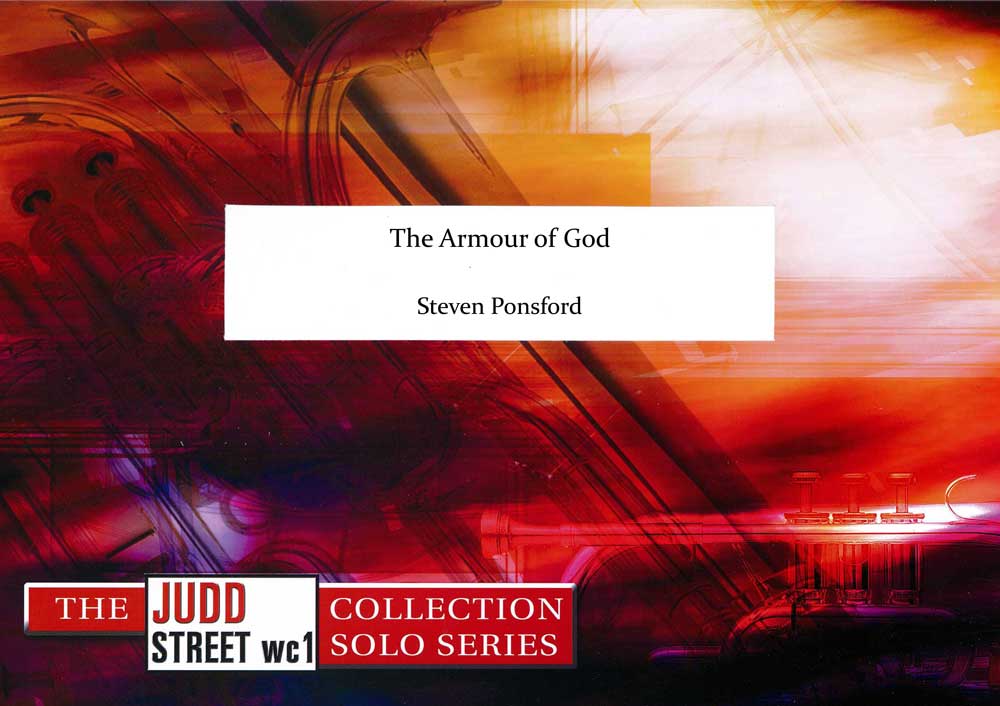 £89.95
£89.95 -
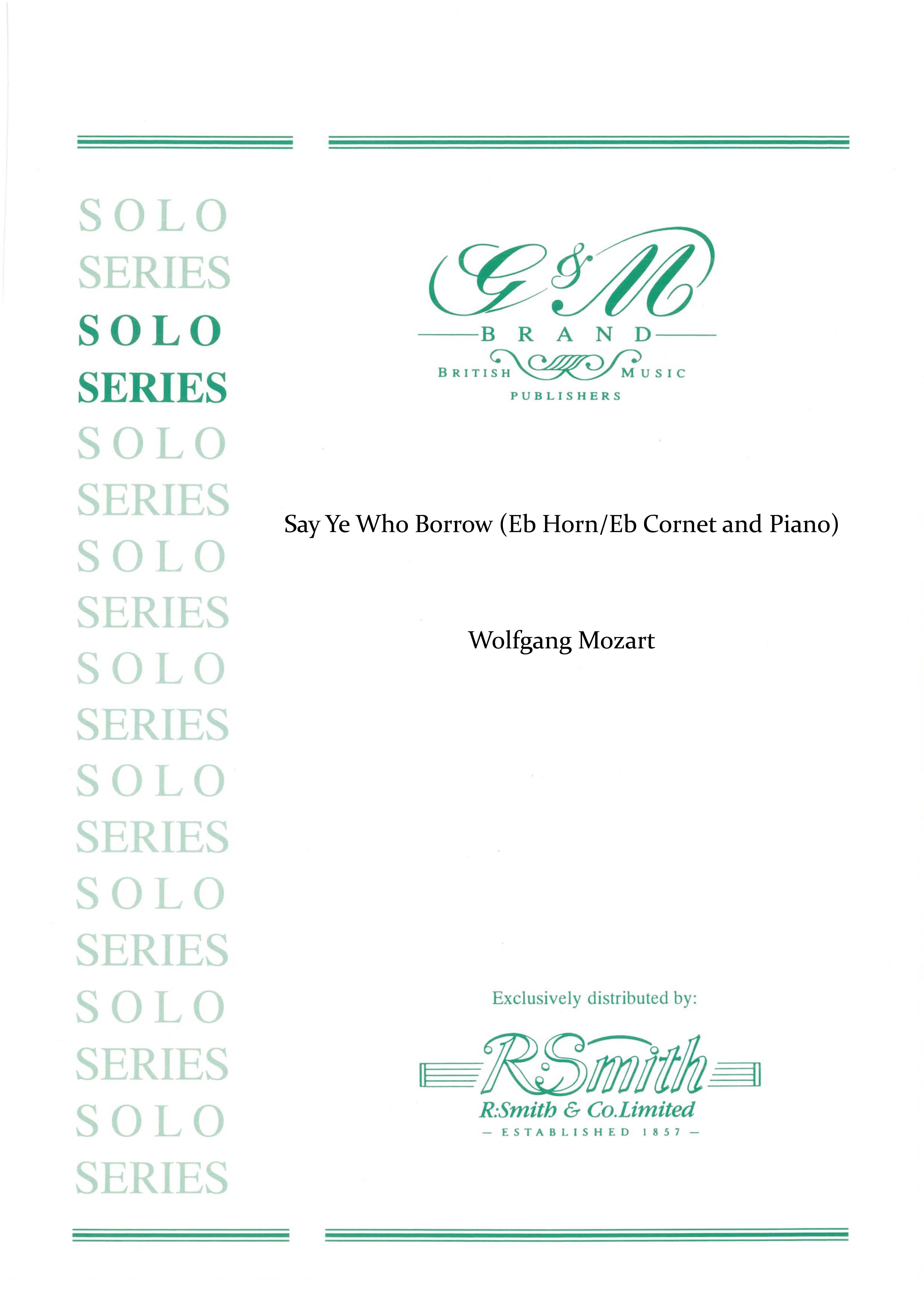 £4.95
£4.95Say Ye Who Borrow (from the Marriage of Figaro) (Eb Horn or Eb Cornet and Piano)
Soprano Cornet / Tenor Horn and Piano
Estimated dispatch 7-14 working days
-
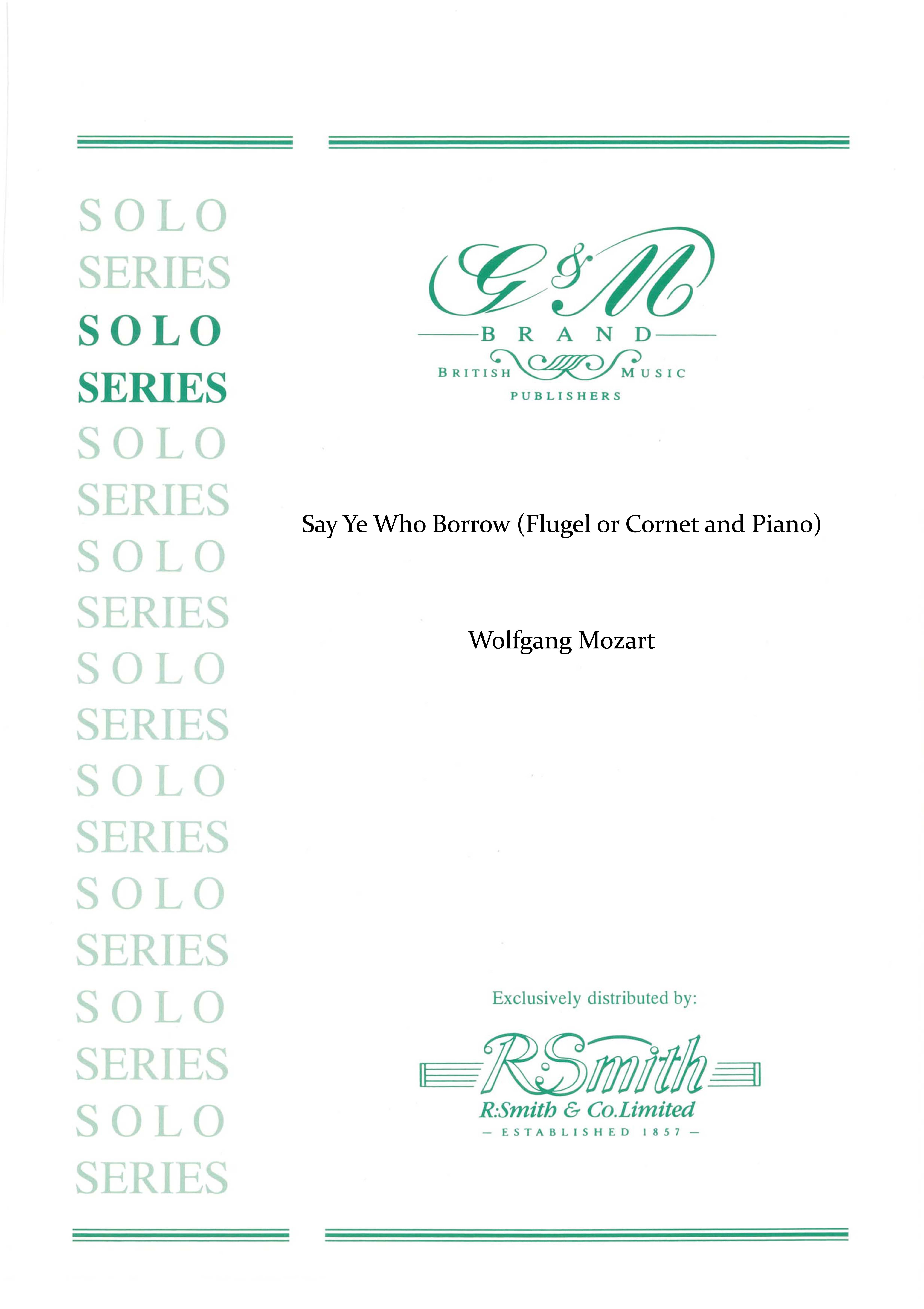 £4.95
£4.95Say Ye Who Borrow (from the Marriage of Figaro) (Flugel or Cornet and Piano)
Flugel Horn / Cornet and Piano
Estimated dispatch 7-14 working days
